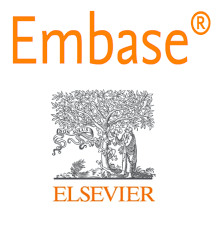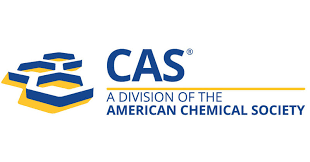EVALUATION OF PROPHYLACTIC USE OF TRANEXAMIC ACID IN REDUCING BLOOD LOSS DURING CAESAREAN SECTION IN A TERTIARY CARE HOSPITAL, PURBA MEDINIPUR, WEST BENGAL
Keywords:
Lower segment caesarean section, Postpartum haemorrhage, Blood loss Tranexamic acid.Abstract
Background: Postpartum Haemorrhage (PPH) is one of the important causes of maternal death and severe maternal morbidity. Compared to vaginal delivery, women undergoing caesarean delivery incur the highest risk of PPH and haemorrhage related morbidity. Many evidence suggests that PPH during caesarean delivery is occurring more frequently than vaginal delivery. Objective: To Evaluate the effect of low dose intravenous tranexamic acid in reducing blood loss during Caesarean section Postpartumhaemorrhage (PPH) is the leading cause of obstetric morbidity and mortality around the world. Prophylactic administration of tranexamic acid in patients at risk for PPH is aimed at reducing estimated blood loss (EBL). This is a novel method of administering TXA. Materials and Methods: This randomized control trial among 100 antenatal women aged >18 years undergoing Lower segment caesarean section in tertiary care centre. They were divided into Study group and control group. Study group received 1gm iv tranexamic acid and the Control group did not receive tranexamic acid. All Data was entered in Microsoft Excel data sheet (MS-Excel) and analysed using commercially available SPSS 23 software package. MS Excel and MS word was used to obtain various types of graphs such as bar diagram. Random sampling methos is used to conduct the study. Results: Between January 2024, and May 2024 , 100 women were enrolled in the study fifty patient’s received tranexamic acid (n=50) and fifty patients were matched to control (n=50).The relative risk of PPH in a patient who received TXA was 0.8 with a CI -0.19 0.20. The numbers needed to treat in order to prevent 1 PPH was 5 women. The average EBL for C/S who received TXA was 672ml which was significantly less than those who did not 1072ml (p<0.0007). There were no reported cases of pulmonary embolism or deep vein thrombosis in either arm. Conclusion: TXA can be used as a prophylactic intervention to prevent blood loss, morbidity, and mortality in obstetric patients who are at risk for post-partum haemorrhage. It was not associated with any significant side effects and complications. It can be used effectively in all women undergoing caesarean section to reduce the postpartum Haemorrhage thereby reducing the maternal morbidity and mortality.
.png)









